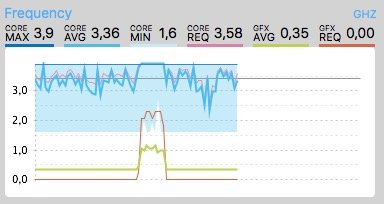@danideicide,
Unfortunately patching Audio is a complex task which a lot of beginners struggle with.
Many years ago i used this guide :-
Einfache allgemeine Anleitung zum patchen der AppleHDA (AppleALC)Vorwort:In vielen oft nur englischen Artikeln wird anhand vieler Zahlen und damit ve...

www.root86.com
It's in German but it translated well to english using google/chrome translate, unfortunately it seems that google are withdrawing the on-line translate service but i'm sure they are other services available.
There is also this guide which for a long time was considered the holy bible of audio patching on MacOS :-
Hi friends, This is a complete AppleHDA patching guide for the Audio codec in the Notebooks (but theory works for Desktop too). I'm writing this guide based on my knowledge and experience gained myself doing so many patches and details from the web. Hoping this could help many people looking to p...

osxlatitude.com
Both of those guides cover the basic steps of dumping and decoding your audio codec, however they then go on to explaine how to directly patch the AppleHDA kext which is now considered a legacy method as everyone uses AppleALC these days, so you only really need to read the first section of the guides. Once you have dumped your codec and deciphered the information you can create the PlatformsXX.xml and LayoutXX.xml files that the AppleALC kext can use to patch AppleHDA on the fly at boot up. you will also need to add the appropriate details to the info.plist.
That said there are already 18 different layouts (1,2,3,5,7,11,12,13,17,18,20,33,40,50,52,53,87,99) for the ALC887 codec in the AppleALC database :-
Native macOS HD audio for not officially supported codecs - acidanthera/AppleALC

github.com
Are you sure that none of them work on your system ?
If not it could be as simple as just editing the pin config, which you can do using this tool :-
HDA Audio Codec verb configuration application. Contribute to benbaker76/PinConfigurator development by creating an account on GitHub.

github.com
If you have to create a completely new set of patches can use any of the existing ALC887 layout and platform XML files as a template and pick a new unused layout id for your custom patches. If the process of creating the patches yourself is too much i would recommend posting your codec dump to the AppleALC support thread as stated in the AppleALC section of the main guide :-
Cheers
Jay


